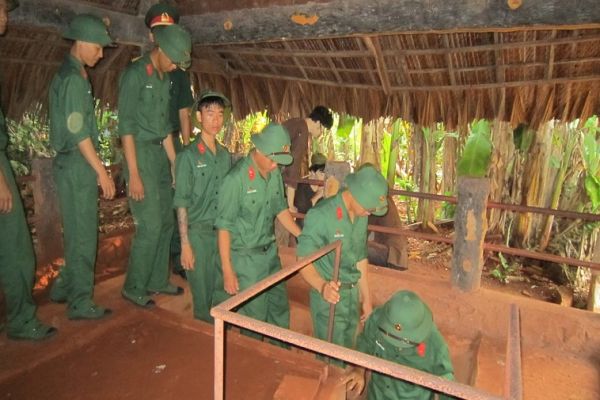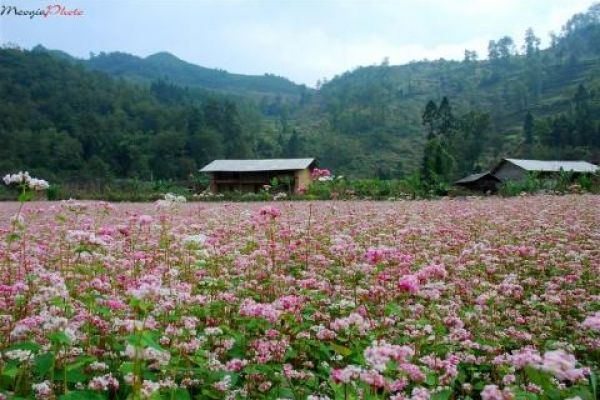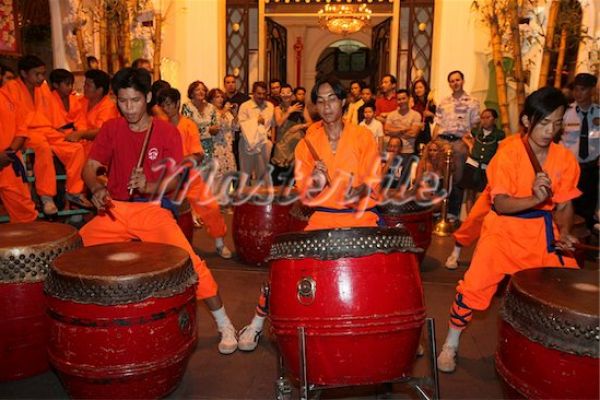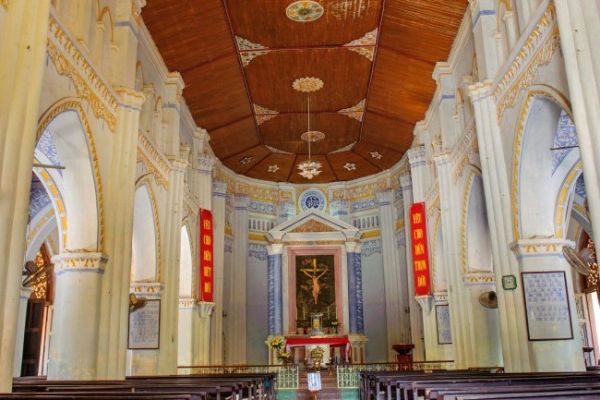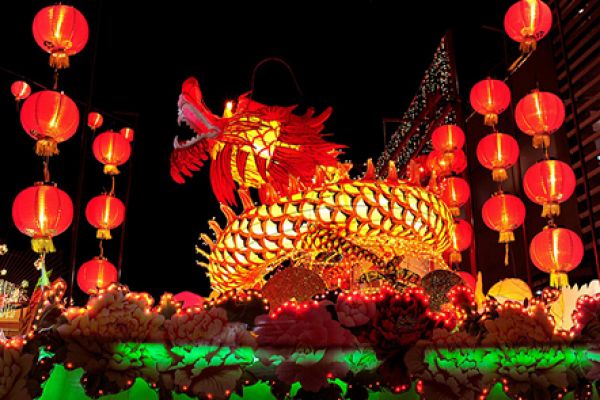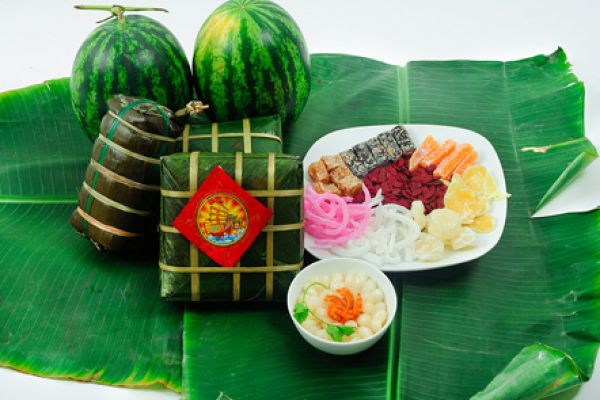
The house is famous for its unique architecture which is the harmonious combination of Vietnamese, French and Chinese styles. It is the place that witnessed the romantic love between Marguerite Duras, a well-known French writer, and Huynh Thuy Le, the son of the Huynh Family who is the house’s owner.
When we arrived at the house, we meet Australian tourists who were listening to the tourist guide’s architectural value and the love between the house’s owner and writer Marguerite Duras. The bustling atmosphere in Sa Dec in the late afternoon reminded all of us of the animated scene at the wharf on the Tien River in the past.
The house was built using precious wood in 1895. Its roof is covered by Yin-Yang tiles and designed with two curved ends in the shape of boats, a familiar symbol of the watery area in the south-western region. In 1917, Huynh Cam Thuan, father of Huynh Thuy Le reconstructed the house in the style of a French villa with a harmony of both Oriental and Western architecture.
For over 100 years, despite the destruction caused by time the house still remains intact with all its beautiful features.
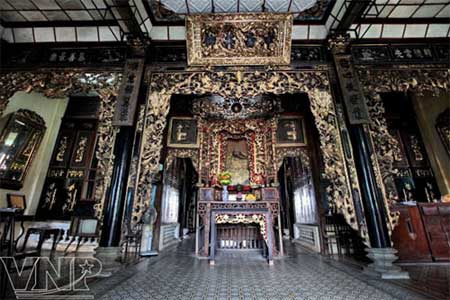
The outside of the house improves visitors with the French architectural style that used decorative details, such as statues and relief from the Renaissance on the facade and arched doors in the Roman style and Gothic windows of multi-colored glass. All provide the house with a magnificent and imposing appearance. Going inside, tourists have a familiar feeling because of the Oriental architectural style that is clearly seen through skillful and refined patterns and sculptures in the shapes of birds, flowers, plants, daisies, bamboo and apricots. There are beautiful spots and scenes carved on woo that reflect the bustling life in the watery area in South Viet Nam.
The house consists of three compartments with the middle one used for worshiping Guangong according to the religious belief the Chinese and two others for receiving guests and for bedrooms. The corridor of the house leads to the servants’ quarters. The floor was paved with flowered tiles and the walls were built with solid brick, 30-40 languages and it was made into a film of the same named by French Director Jean Jacques Annaud in 1992. The film has left a resounding impression on viewers all around the world.
The move famous that the novel and film become, the larger the number of foreign tourists who want to visit the house grows. Over the years, the house has become a popular destination, fascinating tourists from France, the US, Australia, Japan, South Korea and the UK.
With its value in terms of architecture and historical relic, the house was recognized as a national cultural historical relic in 2009.
Source:Vietnamnet

